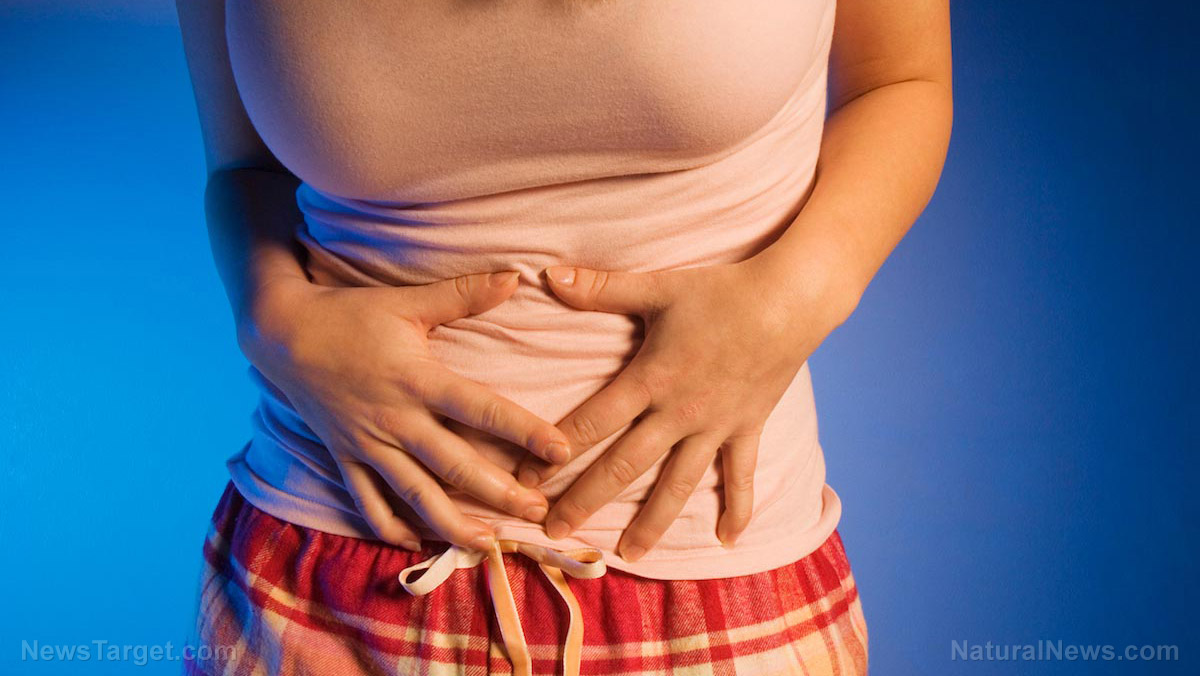
The condition occurs when the tissue that lines the uterus grows in other places, often on the ovaries and fallopian tubes, or even in the stomach, bladder, or bowel. According to the Eunice Kennedy Shriver National Institute of Child Health and Human Development (NICHD), primary symptoms include pelvic pain and infertility. A staggering 75 percent of women who experience pelvic pain, and 50 percent of women with fertility problems have endometriosis. Other common symptoms include debilitating menstrual cramps, intestinal or lower abdominal pain, painful bowel movements or urination during menstruation, heavy periods, bleeding between periods, and pain during or after sex. Women who have the condition may also experience bowel or bladder disorders, fatigue, or lack of energy.
That the symptoms can indicate a whole host of other disorders makes it challenging for doctors to give a conclusive diagnosis -- with surgery being the only way to be sure that a woman has the condition. It is commonly diagnosed through a laparoscopic procedure, during which a surgeon makes a small cut in the abdomen and inserts a small camera to examine the patient's reproductive organs.
There is no cure for endometriosis, although symptoms can be managed through treatment plans for infertility and pain. Fertility treatments include laparoscopy to remove growths. In-vitro fertilization is often recommended if women still cannot conceive after laparoscopy. At the same time, pain treatments take more drastic measures, including OTC or prescription pain medication, hormone therapy, and surgery. However, some experts recommend treating endometriosis through natural means, saying that changes in diet, supplements, emotional healing, acupuncture, and phytotherapy have been efficient in alleviating symptoms.
According to OB-GYN nurse practitioner Marcelle Pick, the following are some natural ways to manage endometriosis, as suggested in an article on WomenToWomen.com:
- Reduce intake of sweet and starchy food to maintain healthy insulin levels. This will allow your body to avoid stress and hormonal imbalance, which may exacerbate symptoms.
- Eliminate dairy products and meats that are not-organic. Growth hormones in non-organic products may affect you negatively. At the same time, stick to cruciferous vegetables (broccoli, cauliflower, kale, and the like), soy, cold-water fish, and high-fiber food to maintain hormonal balance.
- Take enough supplements to ensure that your body is getting what it needs.
- Try acupuncture and pelvic massage to relieve the pain.
As Pick stressed in the article, ensuring hormonal balance is key to relieving the more debilitating symptoms of endometriosis.
According to NICHD, the condition is estimated to affect between six to 10 percent of women within reproductive age, or approximately five million women in the United States. The estimates may be higher, taking into consideration a study that found that 11 percent of a group of women had endometriosis but did not experience symptoms.
The condition is most common in women in their 30s and 40s, though it can effect any female who has her period. Risk factors include having a close female relative (mother, sister, or daughter) with endometriosis, starting menstruation before age 11, having monthly cycles that are less than 27 days, and experiencing heavy menstruation that lasts for over seven days. Meanwhile, factors that contribute to lower risk for endometriosis include pregnancy, starting menstruation later, regular exercise, and lower levels of body fat.
Learn more about issues surrounding women's health on WomensFitnessFocus.com.
Sources include:
Please contact us for more information.























